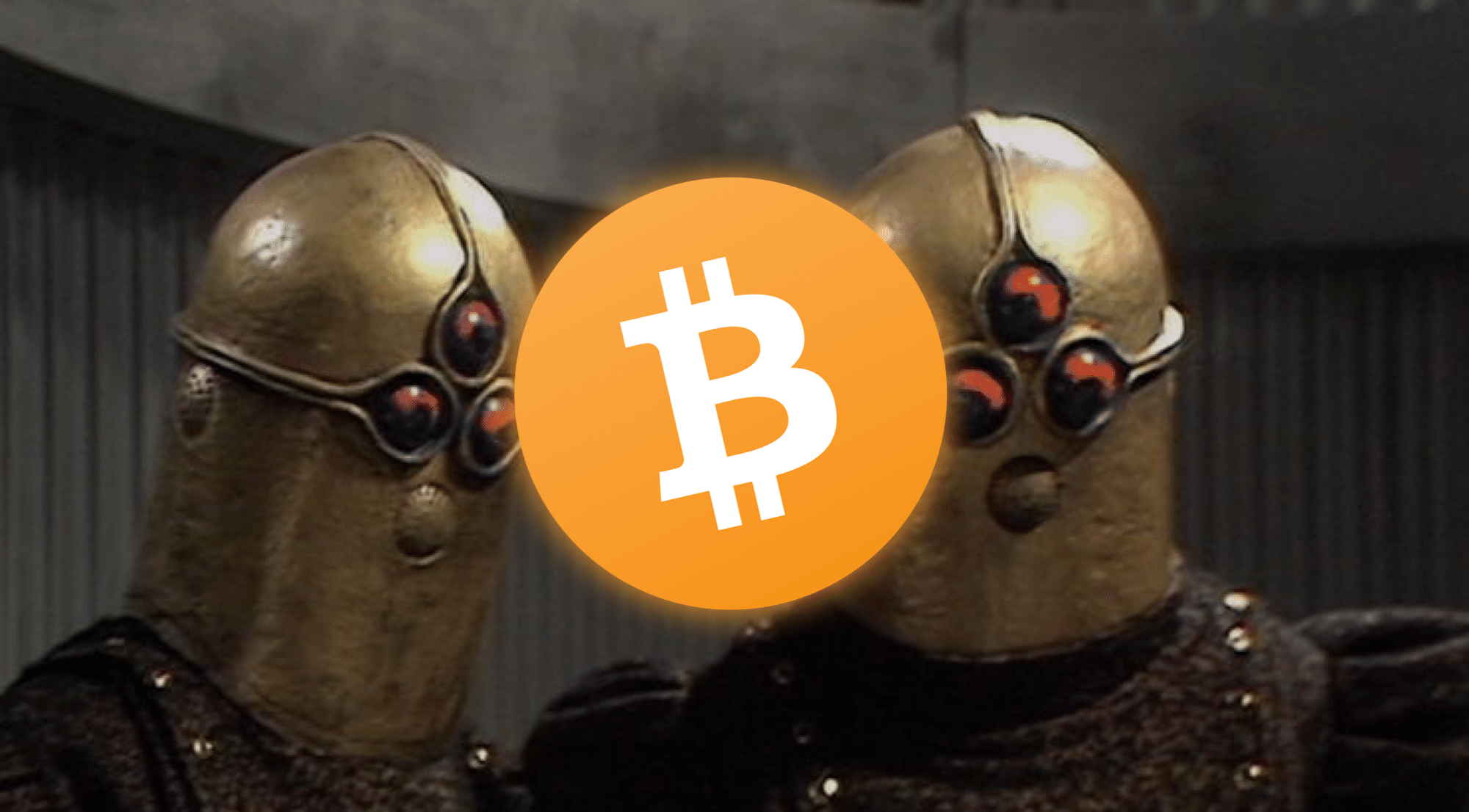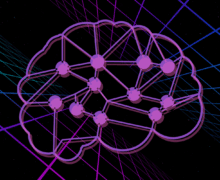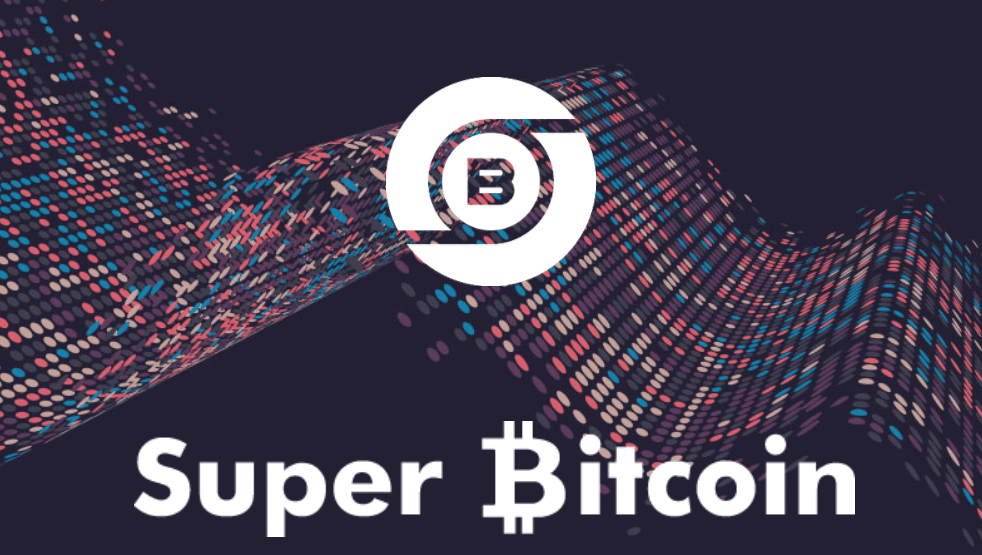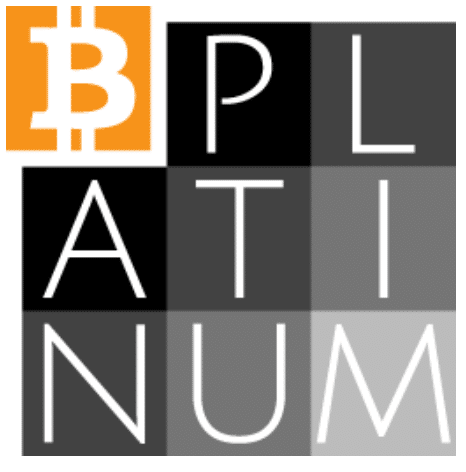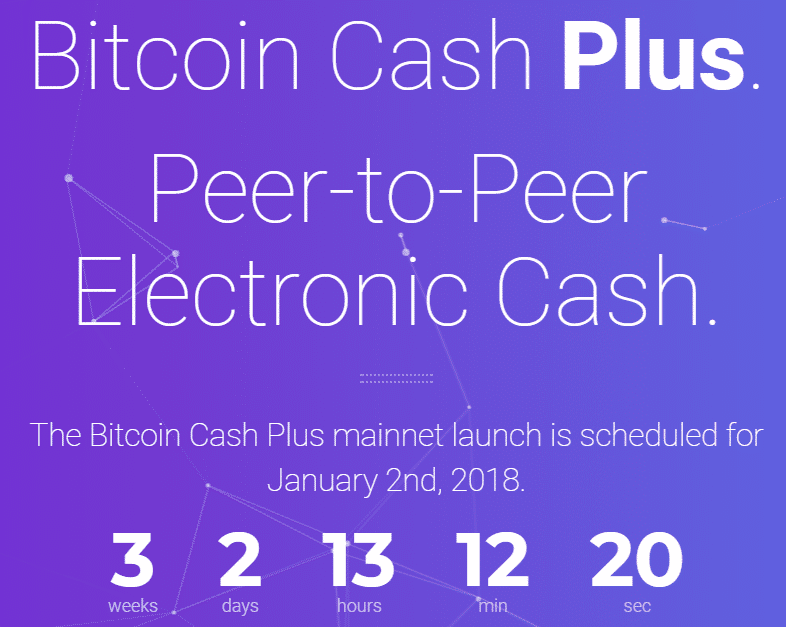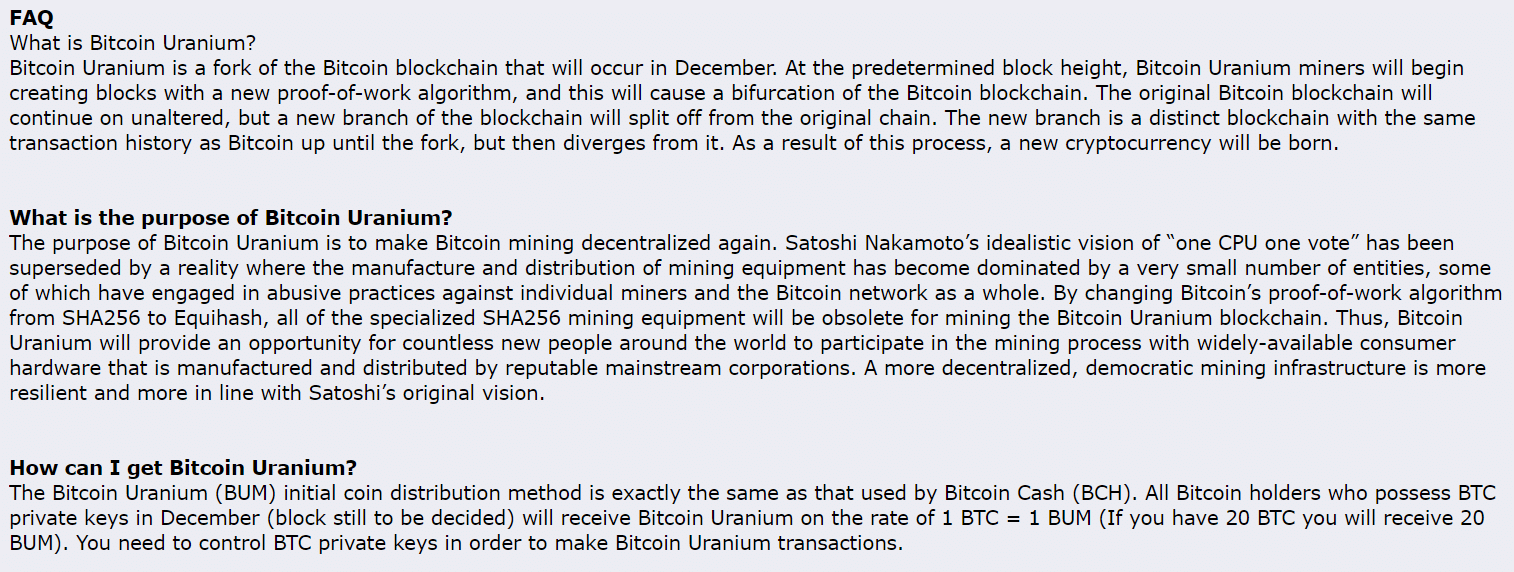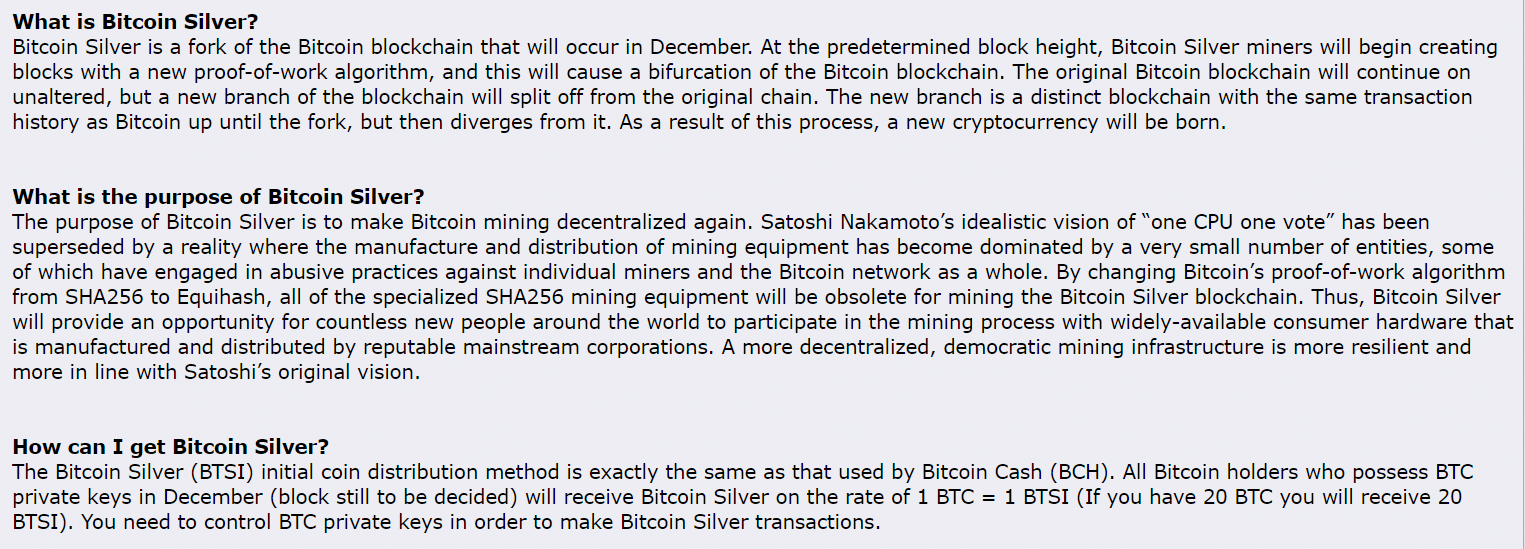If you thought Bitcoin Cash, Bitcoin Gold, and Bitcoin Diamond were excessive, we’ve got a surprise for you: Bitcoin still has forks coming out of the woodwork– Super Bitcoin, Lightning Bitcoin, Bitcoin God (no joke), Bitcoin Uranium, Bitcoin Cash Plus, Bitcoin Silver, and Bitcoin Atom are slated to launch throughout the holidays and going into the New Year. This will double the number of forked currencies within a couple of months, leaving the market with plentyBitcoin derivatives to choose from.
For those who don’t know, a hard fork is a method for developers to update and alter Bitcoin’s software. Once Bitcoin reaches a certain block height, miners switch from Bitcoin’s core software to the fork’s version. After this split, miners begin mining the new currency’s blocks, creating a new chain entirely and a currency to go with it.
Bitcoin Cash was the first hard fork to occur on Bitcoin’s blockchain, followed by Bitcoin Gold and Bitcoin Diamond. As you can probably imagine, hard forks have become a hot topic within the crypto community. Many believe that they are necessary for improving the network and solving Bitcoin’s scalability issue, as with Bitcoin Cash. Others have criticized them as money-making schemes, as anyone holding Bitcoin at the time of a fork receives an equal share of the new currency.
Whether you love them or hate them, it’s important to understand what each fork is and what it wants to accomplish. Given the number coming up, there’s a lot of information to digest.
That’s why we compiled information on each fork into manageable chunks, to make the research a bit easier to swallow. It’s time to dig in.
Super Bitcoin (SBTC)
Super Bitcoin was split at block 498888. It has a circulating supply of 21,210,000 SBTC, of which 210,000 was be pre-mined.
As its name suggests, Super Bitcoin is like Bitcoin on steroids. Its team picked through what they liked best about the current Bitcoin protocol and introduced some added features that they believe will buff up the network. Like Bitcoin Cash, it will increase block sizes from 1MB to 8MB to improve scalability. It will run Bitcoin’s lightning network, and it plans to support anonymous payments with zero-knowledge proof by May of next year.
Funnily enough, Super Bitcoin’s distinguishing feature isn’t even Bitcoin-related–it comes from Ethereum. The team wants to implement Ethereum-inspired smart contracts into Super Bitcoin’s program, which will allow third parties to build decentralized apps on the new protocol.
This is all the information as presented on Super Bitcoin’s website. There’s no white paper, but there is a developer’s reference “to provide technical details and API information to help you start to build Bitcoin-based applications.”
The team includes INBlockchain Inc. founder Li Xiao Lai, Link Capital founder JaiPeng Lin, and Ranger Shi. With their software upgrades, they hope to “revitalize [bitcoin’s] dominance,” which they believe has “lost a tremendous share of the cryptocurrency market.” Oh yeah, and they want to “Make Bitcoin Great Again.”
Bitcoin Platinum (BTP)
We included Bitcoin Platinum and its “specifications” in an earlier draft of this article, but since then, it’s been exposed as a scam.
Apparently, the project was spearheaded by a South Korean teenager with the purpose of making money by shorting Bitcoin. The teenager was hoping to profit off of Bitcoin’s short-term price trend, thinking that introducing a new fork might help him to do so.
In an admission of guilt, the teenager took to Twitter to apologize for the scam.
While we don’t approve of such fraudulent practices, you’ve got to hand it to the kid—it’s a more creative way to make money than a bake sale.
Lightning Bitcoin (LBTC)
Back to the allegedly real forks. Our actual second fork should come on or around December 23rd at block 499,999, with a main-net launch the following week.
The purpose behind LBTC is to provide, that’s right, lightning-fast payments. To do this, the currency will expand its block size to 2MB and sport a three-second block time. The team hopes that these additions will help Lightning Bitcoin process anywhere from 1,000 to 10,000 transactions per second.
Lightning Bitcoin is also making its mark on the fork scene by abandoning Bitcoin’s proof-of-work consensus mechanism. Instead, it will opt for a delegated proof-of-stake system similar to Ark’s. In addition, LBTC will join SBTC by building smart contracts on its blockchain. These innovations will not be active upon the main net launch, but the team plans to have them developed by Q3 of 2018.
As of writing, the coin’s website is inactive. There’s also little information on the team, with Jack Zhang, the project’s Chinese community leader, as the only verified member. Supposedly, though, Lightning Bitcoin does have exchange support from CEX.io, BTCC, gate.io, and Coldlar wallet.
Bitcoin God (GOD)
Yes, it’s called Bitcoin GOD, and yes, its trading abbreviation is actually GOD. This third and ungodly fork cam at block 501225, which gives it a tentative date of December 25th. GOD’s creator, Chandler Guo, targeted this date “to be symbolic of me giving candy to all Bitcoin Holders.” We can’t make this up–those are his own words.
Bitcoin God (GOD) will be forked off the main bitcoin chain at the block height of 501225, which will happen on December 25h to be symbolic of me giving candy to all Bitcoin Holders. The total amount will be 21 million. No pre-mine. pic.twitter.com/4T2lwojYTr
— ChandlerGuo (@ChandlerGuo) December 4, 2017
So far, Bitcoin God is our group’s blackhorse. Little is known about it besides what was shared in Chandler Guo’s tweet and a WeChat screenshot. Besides the anticipated date, we only know that there will be a circulating supply of 21,000,000 GOD and that the coin will have no premine.
Bitcoin Uranium (BUM)
Can we stop to appreciate this fork’s trading ticker, for a second? It’s like a physical reminder of how absurd all of these forks are getting.
Like Bitcoin God, Bitcoin Uranium has no website, and all of the information about the coin comes from an October 25th post on Bitcoin Talk. The exact block height for the fork is yet to be determined, but a rough date sets the update for December 31st. The 21,000,000 circulating supply will have no premise.
Judging by what we know about Bitcoin Uranium, its goals are in line with Bitcoin Platinum’s own. Like BTP, it will be ASIC resistant, but its proof of work will use CPUs as well as GPUs. Unlike its counterpart, though, it will decrease its block time even further to 1 minute and will stick with Segwit as opposed to Segwit 2x.
It’s also planning a number of features that will distinguish it from the rest of the pack. For starters, Bitcoin Uranium’s block rewards will be halved every 450 days. In the foreseeable future, it hopes to implement anonymous addresses, as well.
Currently, there’s no verifiable information about Bitcoin Uranium’s team, as the Bitcoin Talk forum only includes a link to the project’s Twitter and a GitHub for its mining commits.
Bitcoin Cash Plus (BCP)
Taking a note from Bitcoin Platinum’s playbook, Bitcoin Cash Plus also wants to fulfill the original promise of Bitcoin as “Peer-to-Peer Electronic Cash.” Thankfully, Bitcoin Cash Plus actually has a website, but there’s no information about coin supply. It does, however, say that the update is scheduled for block 501407, which will make it our first fork of the New Year on January 2nd.
Like some of the other forks, it utilizes the Equihash algorithm to prevent mining centralization with ASIC hardware, preferring GPU mining instead. It also offers on-chain scalability with 8MB blocks, the same as Super Bitcoin.
Unlike the other forks, it makes use of Bitcoin Cash’s Emergency Difficulty Adjustment. This allows miners to easily switch between the BTC and BCP networks, protecting Bitcoin Cash Plus from hashing fluctuations by allowing it to decrease mining difficulty under emergency circumstances.
So far, there’s no information regarding the team, but the website says this “[will] be updated soon.” For now, the project’s practically inactive GitHub, Twitter, and Facebook are all we have.
Bitcoin Silver (BTCS)
If you Google Bitcoin Silver, the second result will give you a website that you can’t access. Since the website is down, another Bitcoin Talk forum will have to do for our review.
According to the October 24th forum, the fork is tentatively planned for some time in December, but the actual block height for the update is to be determined. We do know that there will be a circulating supply of, you guessed it, 21,000,000 with a pre-mine.
Bitcoin Silver is joining the GPU revolution with its Equihash algorithm, so as with BUM, BTP, and BCP, it will not allow ASIC mining. With a 1MB block size and Segwit activated, it will have many of Bitcoin’s own trimmings, but along with ASIC-resistance, its impressive 30-second block time will distinguish it from its parent currency.
Yet again, we have no clear information about the team or how they plan to implement these changes.
Bitcoin Atom (BCA)
We’ve added Bitcoin Atom to this list after the fact. News of the fork just came to light, and as such, we wanted to keep the info on here updated.
According to its website, Bitcoin Atom is an “evolved Bitcoin with atomic swaps and lightning network.” As this raison d’être suggests, atomic swaps and lightning networks are intrinsic to Bitcoin Atomic’s design. As detailed in the project’s Bitcoin Talk forum, “Atomic Swaps (AS), currently implemented via HTLCs on-chain and potentially via Lightning Network (LN) off-chain, bring an ability to swap assets directly between blockchains without any intermediaries involved. This ability is called atomic cross-chain trading, and we propose the Bitcoin Atom’s support for it at its core, by bringing AS API and a set of cross-chain trading utilities into the original Bitcoin core software and forking it into BCA.” The team believes that these swaps will usher in a new era of decentralization to cryptocurrencies, allowing completely trustless, peer-to-peer exchanging without the need for any third party.
In addition, Bitcoin Atom will operate using a hybrid proof of work and proof of stake distributed consensus mechanism. The team believes this system will secure the currency against mining attacks and concentration of network power.
There’s no rough date for Bitcoin Atom’s birth into the crypto world, as the fork has not been scheduled for a specific block height yet. Per tradition, there will be a 21,000,000 supply. The team has not revealed whether or not there will be a premine.
What Should We Think of All This?
One key takeaway from these forks is their similarities. At their core, BUM, BCP, and BTCS are all trying to solve Bitcoin’s mining centralization by employing the Equihash algorithm. All of them will integrate replay protection, and as far as this research suggests, all of them will implement Segwit. These comparisons exclude Bitcoin God because we don’t know enough about its development to detail its specifications.
These technological redundancies are not the only similarities of interest, though. If we look at the Bitcoin Talk forums for BTCS and BUM, for instance, they all included copy-and-paste information about the coin’s goals and purpose. You can see this at the top of each forum with its subheadings, and you can see it at the bottom under each coin’s FAQs. What’s more, each forum was posted within a day of the other two: BTCS on the 24th of October, BUM, and BTP on the 25th within the same hour. And each one bears some form of Trump’s “Make America Great Again” slogan, as if in uniform echo from shouting down the same cultural well.
The copycat nature of these forums and the intervals between their postings have us leary. Couple this with the lack of clear information these projects give, and I’m downright conspiratorial about all these forks. Bitcoin Platinum has already been exposed as a scam, and I wouldn’t be surprised if a few more of these forks were busted, as well. Super Bitcoin is the only fork that provides a team (minus Bitcoin God, with its one-man team of Chandler Guo), and on that note, only three of the proposed currencies have actual websites (LBTC, SBTC, BCP).
All of these forks promise an airdrop of their currency into the wallets of Bitcoin holders, but I’m still unclear as to where you need to hold your Bitcoin to receive any of these forked currencies.
Never Miss Another Opportunity! Get hand selected news & info from our Crypto Experts so you can make educated, informed decisions that directly affect your crypto profits. Subscribe to CoinCentral free newsletter now.



